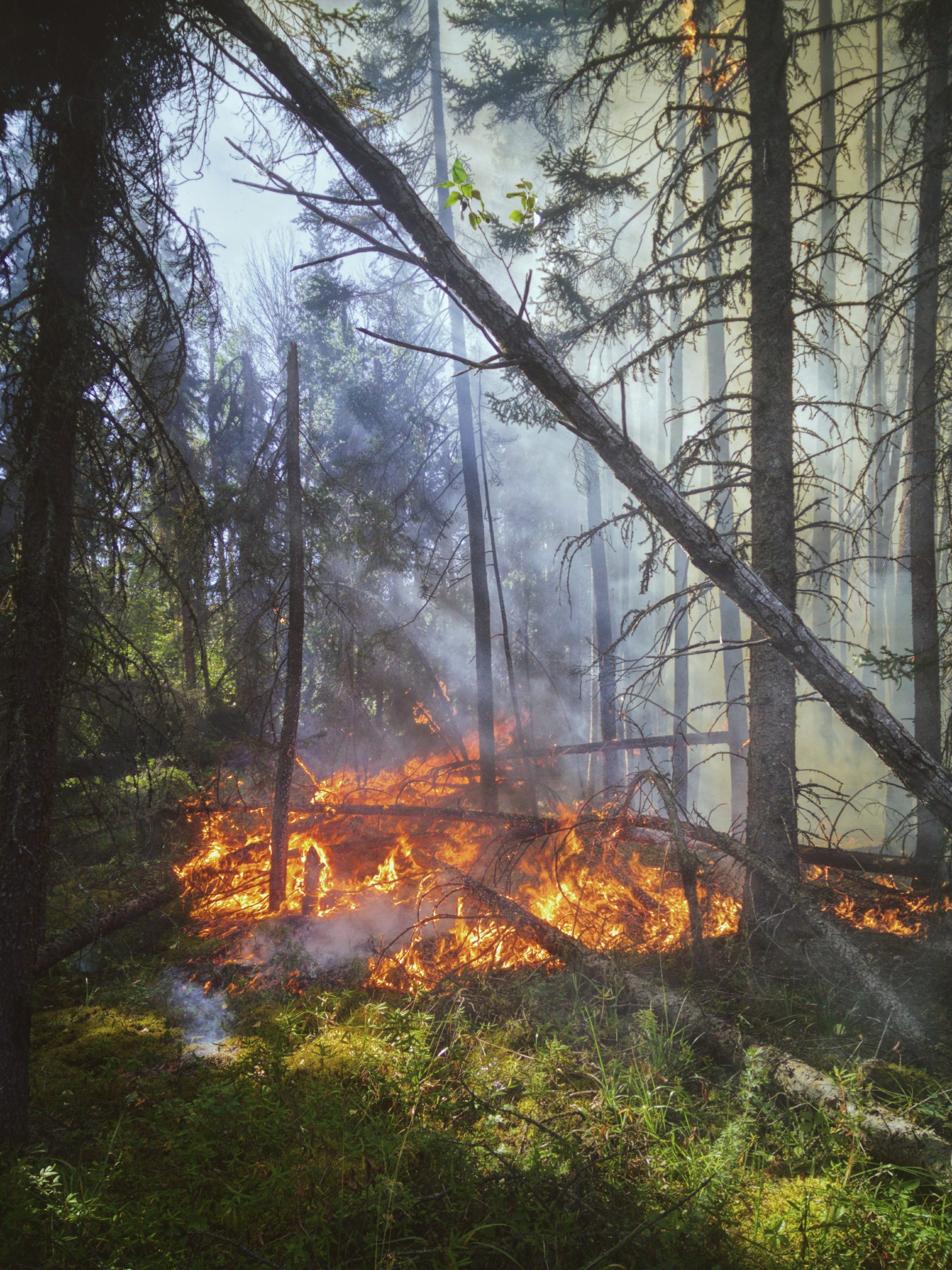Introduction:
As the impacts of climate change continue to intensify, the world finds itself at a critical juncture. Rising temperatures, extreme weather events, and ecological disruptions are becoming more frequent and severe, posing significant challenges to our planet and its inhabitants. In this article, we will examine the current state of global preparedness for the climate change crisis and explore the urgent actions needed to mitigate its devastating consequences.
The Reality of Climate Change:
Scientific consensus leaves no room for doubt – climate change is real and primarily caused by human activities. The burning of fossil fuels, deforestation, and industrial emissions have accelerated the greenhouse effect, leading to the warming of our planet. The consequences are far-reaching, from the melting of ice caps and rising sea levels to the disruption of ecosystems and the endangerment of countless species.
Global Preparedness and Response:
While awareness of the climate change crisis has grown, the question remains: is the world adequately prepared to tackle its repercussions? International agreements, such as the Paris Agreement, have laid out ambitious targets to limit global warming and mitigate its effects. However, progress has been slow, with many countries falling short of their commitments. The lack of coordinated action and political will has hindered effective response strategies.
Extreme Weather Events and Disasters:
One of the most visible manifestations of climate change is the increase in extreme weather events. Heatwaves, hurricanes, wildfires, and floods have become more frequent and intense, causing immense human suffering and economic losses. The world has witnessed the devastation caused by events such as Hurricane Katrina, the California wildfires, and the unprecedented flooding in various regions. These events serve as a stark reminder of the urgent need for climate resilience and disaster preparedness.
Impact on Vulnerable Communities:
The climate change crisis disproportionately affects vulnerable communities, exacerbating social inequalities and widening the gap between the rich and the poor. Developing countries, small island nations, and marginalized populations bear the brunt of the consequences, often lacking the resources and infrastructure to adapt and recover from climate-related disasters. It is essential to prioritize equity and social justice in climate change mitigation and adaptation efforts.
Transitioning to a Low-Carbon Economy:
A key aspect of combating the climate change crisis is transitioning to a low-carbon economy. This entails reducing reliance on fossil fuels, investing in renewable energy sources, and implementing sustainable practices across sectors. While progress has been made in some areas, significant challenges remain, including resistance from vested interests and the need for substantial investments in clean technologies. However, the transition also presents opportunities for job creation, economic growth, and technological innovation.
The Role of Individuals and Collective Action:
Addressing the climate change crisis requires collective action at all levels – from individuals to governments and businesses. While governments must implement robust policies and regulations, individuals can also contribute by adopting sustainable lifestyle choices, supporting renewable energy, and demanding climate action from their elected representatives. Grassroots movements and public awareness campaigns play a crucial role in driving the necessary changes and holding decision-makers accountable.
Conclusion:
The climate change crisis is an existential threat that demands immediate and coordinated action. The world must confront the reality of the situation and prioritize climate resilience, mitigation, and adaptation. It is not enough to simply acknowledge the problem; concrete steps must be taken to reduce greenhouse gas emissions, protect vulnerable communities, and transition to a sustainable future. The time to act is now, and the consequences of inaction are too severe to ignore. By embracing collective responsibility and working together, we can navigate the challenges ahead and build a resilient, equitable, and sustainable future for generations to come.




